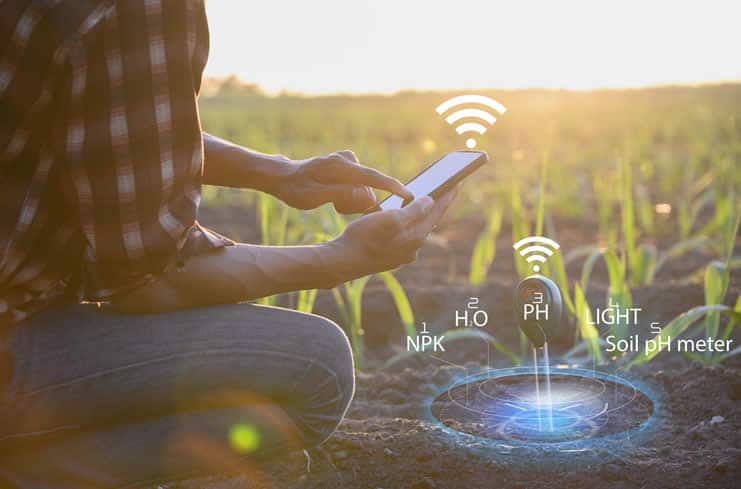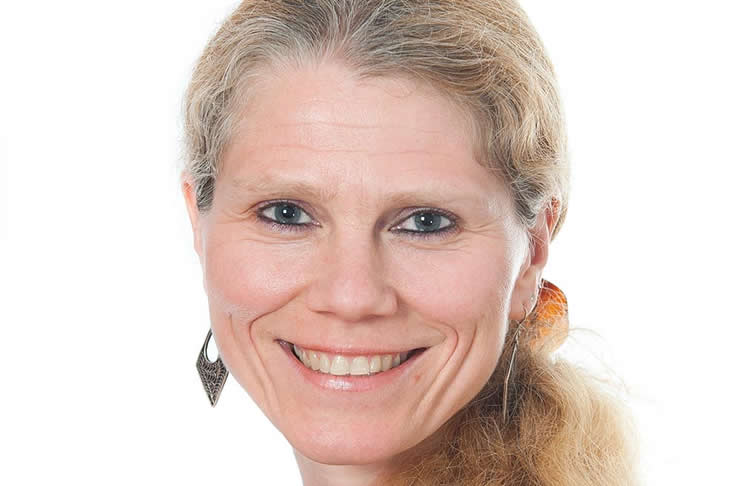After having released its annual AdEx report, IAB Europe last week also unveiled some data regarding media consumption in Europe. The Mediascope Europe 2012 research, previously conducted by the EIAA (now part of IAB), is based on over 50,000 consumer interviews.
According to the report, which covers 28 countries, approximately 65% of Europeans (a total of 426.9 million) use the Internet at least once per week. One third (37%) does so, using more than one device. Computers are still the most popular way devices across Europe to access the web (64%) but the rapid growth of mobile is clear (21%).

Obviously, there are important differences per country, region and age group.
- Computers seem to be more popular in Norway and Switzerland and among the age group of 25-44 years old.
- It will not come as a surprise that mobile internet users tend to be younger (16-24 years old). Mobile Internet access is most popular in the UK, Norway and Sweden.
Traditional media consumed online and the average time spent on the Internet
The Mediascope Europe 2012 report further shows 91% of Internet users read news online, 73% watch TV online and 67% listen to radio online. Or in other words; ‘traditional’ media is consumed online. Europeans, again, depending on demographics, are multitasking with nearly half (48%) of them saying they use the Internet whilst watching TV.

We don’t dispose of the full Mediascope Europe 2012 report (yet) but it’s clear that younger generations and digital natives show another behavior. They use mobile devices more often to access the Internet, watch more TV online and listen more radio online. While the average time spent online is 14.8 hours each week across the 28 countries and all age groups, younger generations are known to be more active. Time spent on the web also differs by the device used.
IAB Europe: “Those using a computer spend 13.3 hours, compared to 9.4 hours amongst those using mobile phones and 9.3 hours for those using tablets. The figure is 6.8 hours via games console”.
Hopefully we can bring you a split per age group and country soon and identify the behavior of the super-connected a.k.a. the connected consumer.






